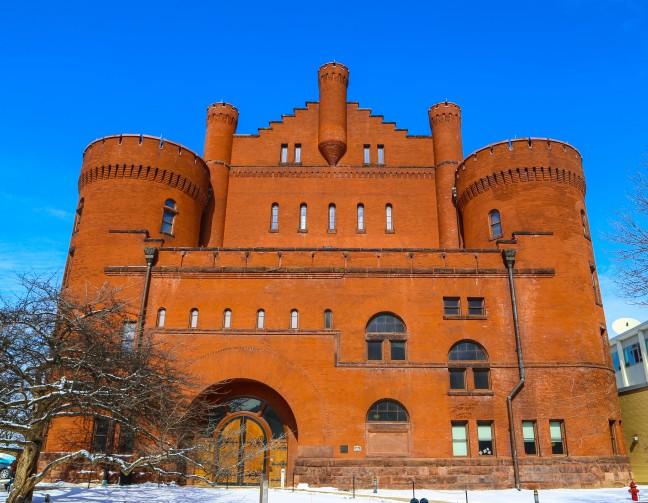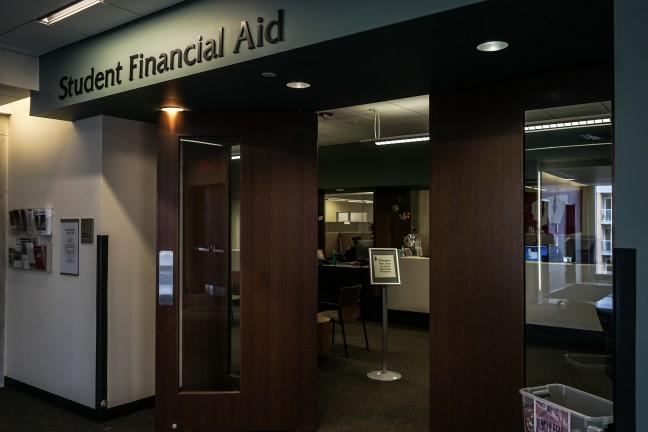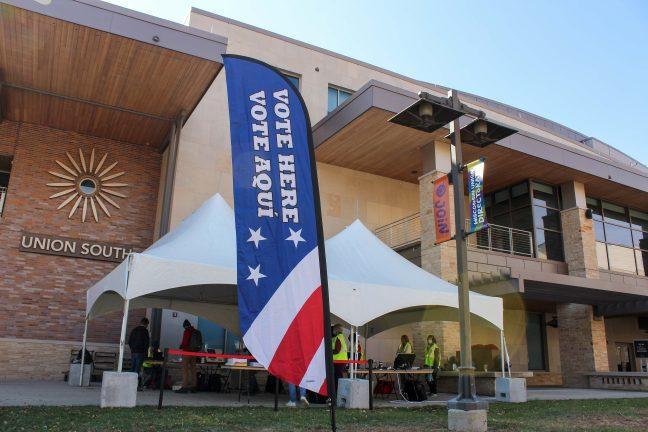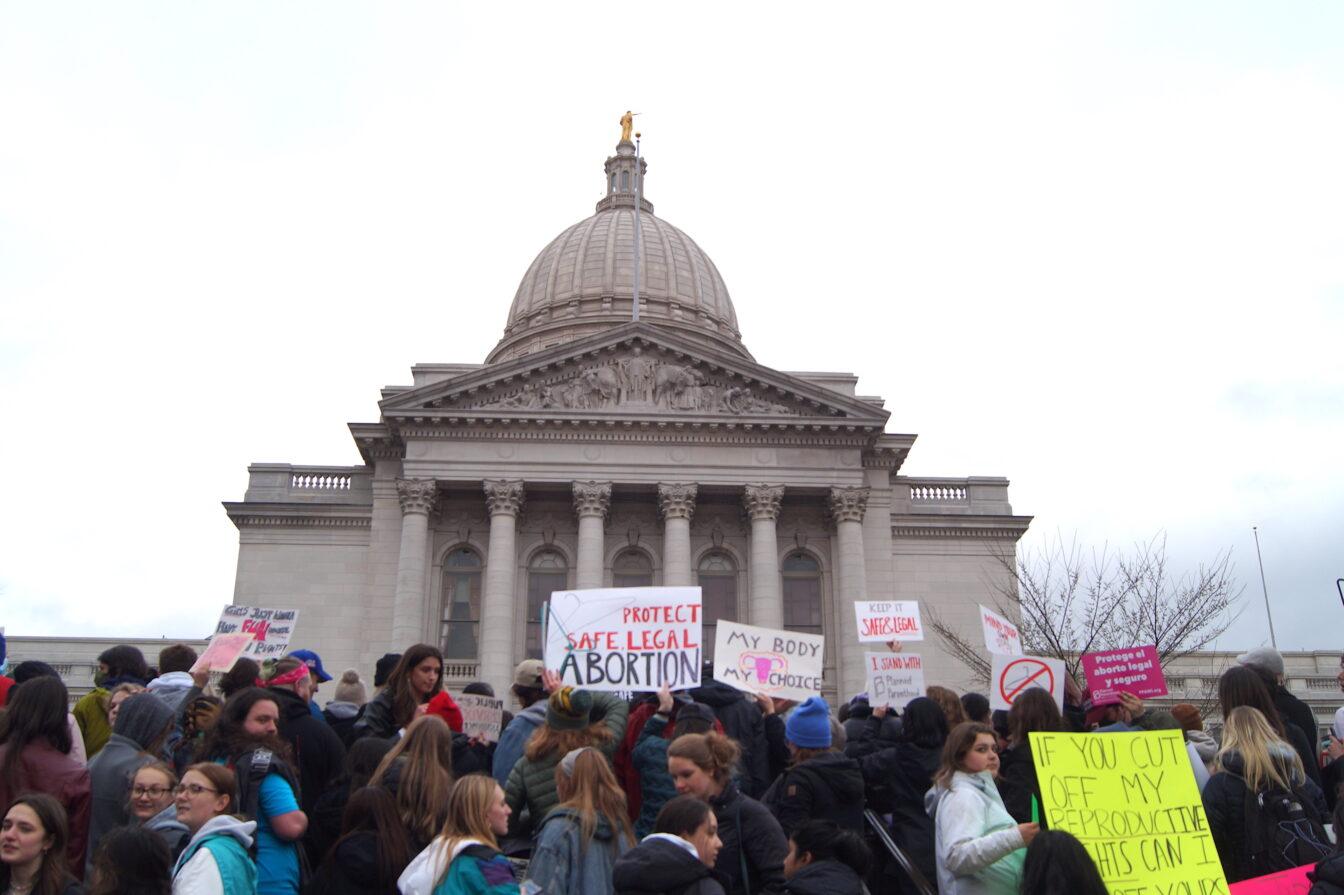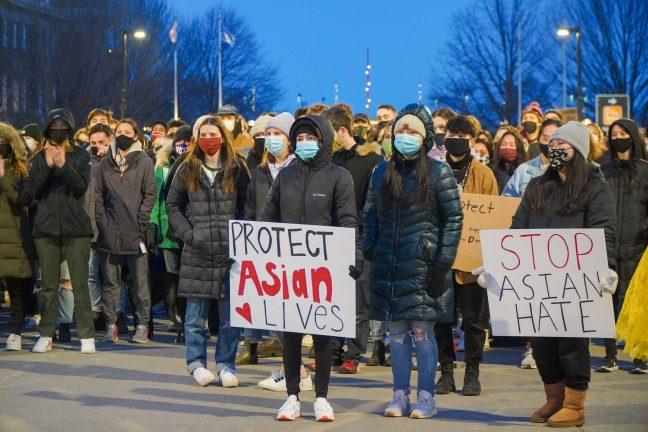As a freshmen in the fall of 2015, I did not anticipate encountering so many issues related to diversity on the University of Wisconsin campus. Having grown up in a predominately white town in Wisconsin, I was excited to come to a university that people and advertisements told me was very diverse. Little did I know that when trying to navigate this large university, campus sometimes can feel unwelcoming to minority students.
My first day of class I walked into my 200-person math lecture hoping to see lots of other freshmen who looked like me, instead I was let down to only see two other black students, and a few other students of color. Then, during the spring 2016 semester, several events surrounding the issue of diversity struck close to home.
From Nazi swastikas being posted on freshmen dorm doors, to the mocking of a Native American sexual assault survivor ceremony and later reports of a white male student spitting on a black student and calling her racial slurs, I was in shock. These events made me question my existence as a minority student on campus, and the university’s commitment to diversity.
Do I belong here? Am I welcome here? What is my university doing to ensure minority students, like myself, feel safe and welcome at this institution? So, I took it upon myself to try and understand how UW resolves issues regarding the university’s diversity climate. In fall of 2016, I joined the ASM shared governance committee for campus diversity and climate.
ASM currently has more than 70 different shared governance committees that cover a wide range of departments and areas in the university. CDCC is specifically a committee made of UW staff, faculty and ASM student representatives. The goal of the CDCC is to strive to create an environment where each individual student feels respected, valued and supported, while respecting academic freedom and freedom of speech.
The CDCC carries out these goals by meeting twice yearly with the chancellor and provost of diversity, hearing reports from various groups, holding the annual diversity forum, creating policy recommendations and more.
UW student receives death threats after debuting new clothing line
As a student on this committee, I was excited to learn about, and hear all the things the university was doing to improve my very own life on campus. Most of all, I was excited to have my voice heard by people who have the power to influence change in the university. I felt through my participation on this committee, change was coming to UW, but change takes time.
From the humble student perspective, it is difficult to affect change within the university through the CDCC. The CDCC has many members, which is good for a diverse pool of opinions, but with so many people it is hard to move from one topic to another. Adding to this, everyone on the CDCC is open to talking about any issues regarding the campus climate, but when it comes time to find a solution to these problems, it feels as though not everyone is concerned with actually finding a solution.
For example, one meeting during the fall semester the students proposed a policy regarding the campus climate post-presidential election results. As student representatives, we felt our fellow students of color were in distress after the election, and we wanted to propose legislation to ease student stress regarding classes.
ASM’s ‘Cognitive Dissonance’ legislation is justified, but unreasonable
Initially, the CDCC talked about creating a policy and its possible effects, but by the end of the meeting our policy was denied and no other intervention to solve this problem was proposed. It often feels like the CDCC is fine talking about the issue of diversity, but when it comes to action there is a lack of push to actually implement change.
With meetings only once a month, it is difficult to get anything done before a new issue regarding diversity arises. Luckily, this semester several subcommittees have been arranged in order to further tasks the CDCC wants to accomplish.
Through my time on the CDCC, I also learned there are other bodies on campus that tackle the issues of diversity that wield similar power to the CDCC. Therefore, it seems to me there are too many different units that don’t all have enough power to influence actual change within the university.
But what else is the university doing? Luckily, the Our Wisconsin Cultural Competency Program will be fully running next year. So, as a student, I have high hopes this program will help create a more inclusive environment for all students on campus. But I still wonder, to ensure every student — black, white, yellow or blue — can truly feel like this campus is home, what is the most effective way undergraduate students can help to improve the climate surrounding diversity on this campus?
Rachel Haynes ([email protected]) is a sophomore majoring in international studies and economics.


